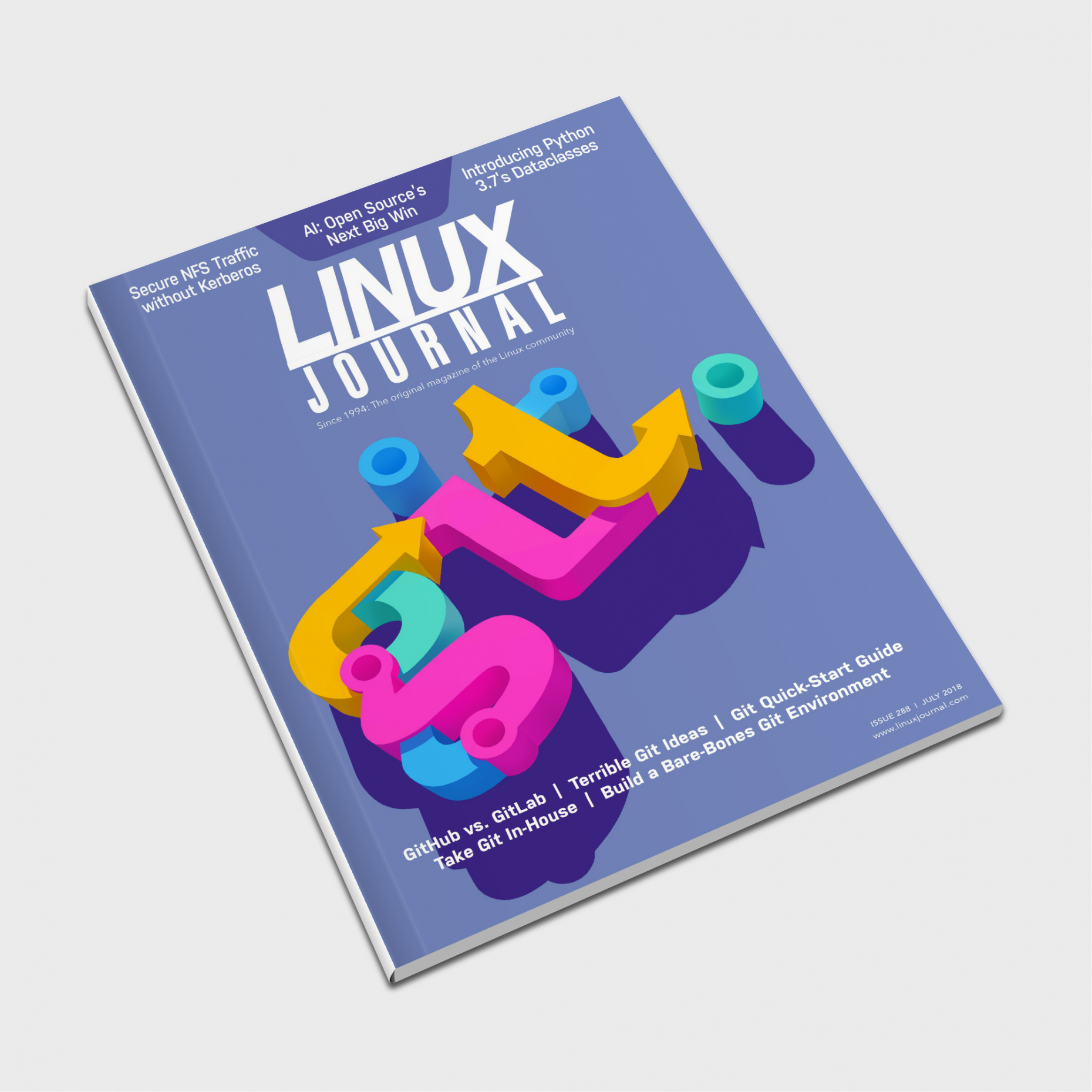

Unlike the timestamp information shown in Is very similar, but shows timestamps in the format the Is the default and generates an output that is mostly identical to the formatting of classic syslog files, showing one line per journal entry. Reverse output so that the newest entries are displayed first.Ĭontrols the formatting of the journal entries that are shown. Show all stored output lines, even in follow mode. The default value is 10 if no argument is given. Show the most recent journal events and limit the number of events shown. Note that this option is only supported for the To guarantee that the pager will not buffer logs of unbounded size. Immediately jump to the end of the journal inside the implied pager tool. Show only the most recent journal entries, and continuously print new entries as they are appended to the journal. (Note that the pager may escape unprintable characters again.) By default, fields with unprintable characters are abbreviated as "blob data". Show all fields in full, even if they include unprintable characters or are very long.
Journaly linux full#
The default is to show full fields, allowing them to wrap or be truncated by the pager, if one is used. When outputting to a tty, lines are colored according to priority: lines of level ERROR and higher are colored red lines of level NOTICE and higher are highlighted lines of level DEBUG are colored lighter grey other lines are displayed normally.Įllipsize fields when they do not fit in available columns. Option and the "Environment" section below.

The hidden part can be viewed by using the left-arrow and right-arrow keys. Group can often perform administrative tasks.īy default, and long lines are "truncated" to screen width. Note that the two latter groups traditionally have additional privileges specified by the distribution. Members of the groupsĬan read all journal files. However, by default, only root and users who are members of a few special groups are granted access to the system journal and the journals of other users. The set of journal files which will be used can be modified using theĪll users are granted access to their private per-user journals. Output is interleaved from all accessible journal files, whether they are rotated or currently being written, and regardless of whether they belong to the system itself or are accessible user journals. unit=, etc., to further limit what entries will be shown (logical AND). Because device nodes generally change their corresponding devices across reboots, specifying a device node path causes the resulting entries to be restricted to those from the current boot.Īdditional constraints may be added using options For the resulting log entries to be correct for the actual device, the relevant parts of the environment at the time the entry was logged, in particular the actual device corresponding to the device node, must have been the same as those at the time of the query. In general, a device node is the best proxy for an actual device, as log entries do not usually contain fields that identify an actual device. Symbolic links are dereferenced, kernel names are synthesized, and parent devices are identified from the environment at the time of the query. Matches for the kernel name of the device and for each of its ancestor devices is added to the query. Match for the script name is added to the query. If a file path refers to an executable script, a Match for the canonicalized binary path is added to the query. If a file path refers to an executable binary, an The file path may be a file or a symbolic link and the file must exist at the time of the query. It is also possible to filter the entries by specifying an absolute file path as an argument. This causes all matches before and after to be combined in a disjunction (i.e.

May appear as a separate word between other terms on the command line. the resulting output will show entries matching any of the specified matches for the same field. If two matches apply to the same field, then they are automatically matched as alternatives, i.e. the resulting output will show only entries matching all the specified matches of this kind. If multiple matches are specified matching different fields, the log entries are filtered by both, i.e. "_SYSTEMD_UNIT=rvice", referring to the components of a structured journal entry. If one or more match arguments are passed, the output is filtered accordingly. If called without parameters, it will show the full contents of the journal, starting with the oldest entry collected.


 0 kommentar(er)
0 kommentar(er)
